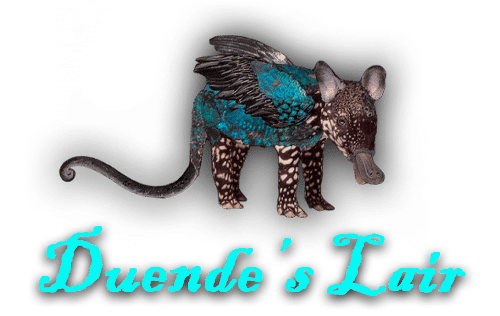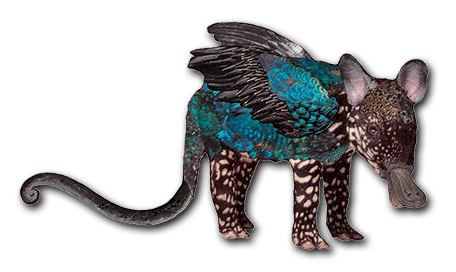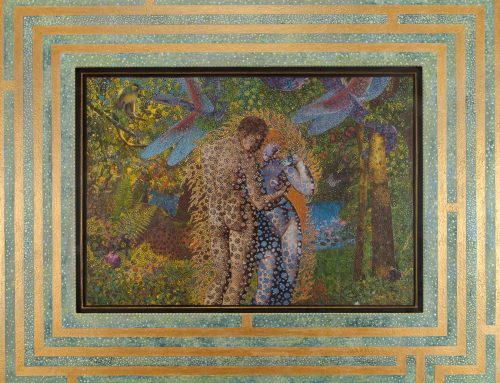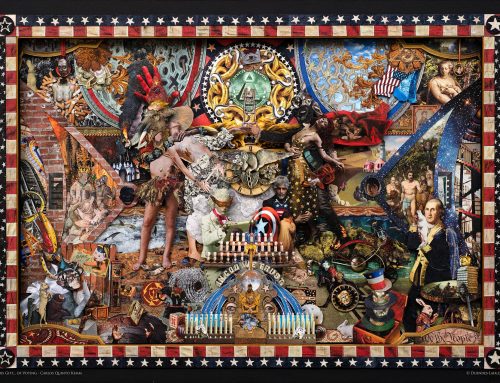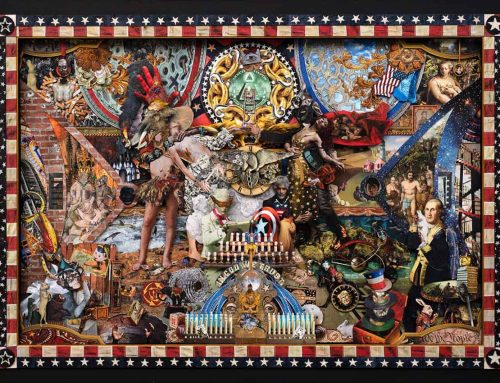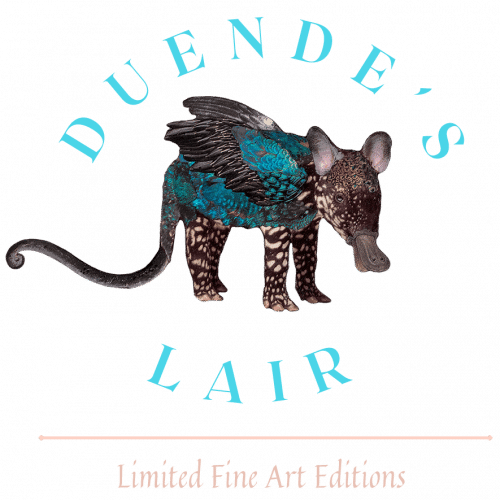How Photo Collaging Enhances Storytelling in Mixed Media Art
Mixed media art thrives on combining different materials, techniques, and textures to create pieces that are rich in depth and meaning. Among the many tools an artist can use, photo collaging stands out as a powerful way to enhance storytelling within mixed media works. By incorporating photographs into their compositions, artists can add layers of narrative, evoke emotional responses, and bridge the gap between the real and the imagined.
Photo Collaging as a Narrative Tool
Photographs inherently carry stories within them. They capture moments in time, evoke nostalgia, and often have personal or cultural significance. When included in mixed media art, these images act as narrative anchors, giving viewers a visual starting point to engage with the work.
For example, a mixed media piece might combine a vintage photograph with abstract paint strokes and handwritten text. The photograph grounds the work in a specific time or place, while the other elements expand on its meaning, creating a story that blends fact and imagination.
Artists often use photo collaging to introduce themes such as memory, identity, or history. The visual familiarity of a photograph draws viewers in, encouraging them to interpret how the image connects to the rest of the composition.
Creating Depth with Layering
One of the defining characteristics of mixed media art is its physical and visual depth, and photo collaging plays a significant role in achieving this. By layering photographs with other materials—such as paint, fabric, or found objects—artists can create multi-dimensional works that invite closer inspection.
For instance, layering translucent photographs over textured surfaces like plaster or canvas can create a dreamlike effect, where parts of the image seem to emerge or fade. This technique enhances the storytelling by suggesting themes like fleeting memories or hidden truths.
Layering also allows artists to build complexity into their narratives. A piece might feature overlapping photographs that hint at different moments in time or perspectives, encouraging viewers to piece together the story for themselves.
Blending Realism with Abstraction
One of the most exciting aspects of photo collaging in mixed media art is its ability to merge realism with abstraction. Photographs bring a sense of reality to a piece, grounding it in the tangible world, while other mediums—such as paint or sculpture—add expressive, abstract elements that expand on the story.
For example, an artist might use a photograph of a bustling cityscape as the base of their work, then overlay it with swirling paint strokes that suggest motion or chaos. The combination creates a dynamic narrative that captures both the literal and emotional essence of urban life.
This interplay between realism and abstraction allows artists to tell stories that are layered and multi-faceted, inviting viewers to explore both the surface and the underlying themes.
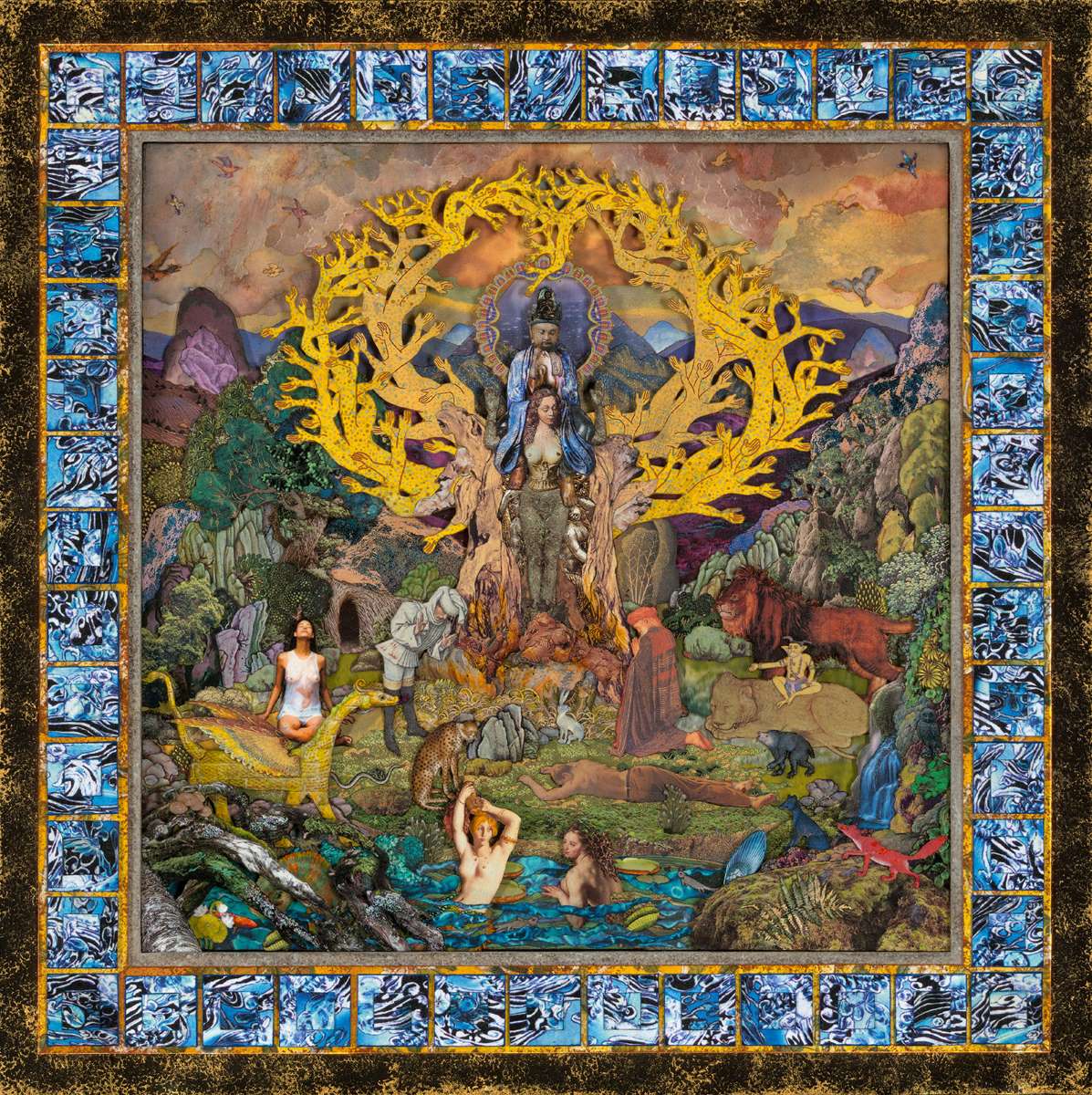
Incorporating Texture and Tactility
Mixed media art often emphasizes the tactile qualities of materials, and photo collaging is no exception. Incorporating printed photographs into a composition adds texture, especially when combined with other materials like fabric, thread, or natural elements.
For example, an artist might use stitching to attach a photograph to a canvas, adding a handmade quality to the piece. The stitches become part of the narrative, suggesting themes of repair, connection, or labor. Similarly, torn or distressed photographs can evoke a sense of decay or transformation, enhancing the emotional impact of the work.
These tactile elements make mixed media art more immersive, encouraging viewers to engage with the piece not just visually, but also emotionally and imaginatively.
Expanding Stories Through Found Imagery
Photo collaging allows artists to incorporate found imagery—such as old postcards, magazine clippings, or anonymous photographs—into their work. These pieces often carry their own histories and associations, which can add depth and intrigue to the overall narrative.
For instance, an artist might create a mixed media piece using vintage photographs of strangers, juxtaposed with modern materials or text. The contrast between the old and new invites viewers to reflect on themes like time, memory, or cultural change.
Found imagery also gives artists the freedom to reinterpret and recontextualize existing stories, creating new meanings and connections within their work.
Integrating Photo Collaging with Sculpture
Photo collaging isn’t limited to two-dimensional surfaces. Many artists incorporate photographs into sculptural works, adding a narrative element to three-dimensional forms.
For example, an artist might create a sculpture from recycled materials and embed photographs within its structure. The photographs act as windows into the story, offering glimpses of people, places, or emotions that connect to the piece’s larger themes.
This integration of photo collaging with sculpture allows artists to push the boundaries of storytelling, creating works that are both visually and conceptually rich.
Why Photo Collaging Enhances Storytelling
At its core, storytelling in art is about evoking emotion, sparking imagination, and encouraging connection. Photo collaging enhances these goals by bringing in elements that are instantly recognizable yet open to interpretation.
The photographic element serves as a bridge between the familiar and the abstract, drawing viewers into the work and inviting them to explore its deeper layers. When combined with other mediums, photo collaging creates dynamic narratives that evolve with each viewing, ensuring that the story never feels static or one-dimensional.
Unlocking New Dimensions in Mixed Media Art
Photo collaging is a powerful tool for storytelling in mixed media art. By combining photographs with paint, fabric, sculpture, and other materials, artists can create works that are visually stunning and emotionally resonant. The layering, texture, and interplay of realism and abstraction open up endless possibilities for narrative depth and creative expression.
For artists seeking to push their boundaries and connect with audiences on a deeper level, photo collaging offers a way to transform mixed media art into a multidimensional storytelling experience. Whether through found imagery, layered textures, or sculptural forms, the potential of photo collaging in mixed media art is limitless.
